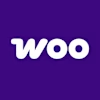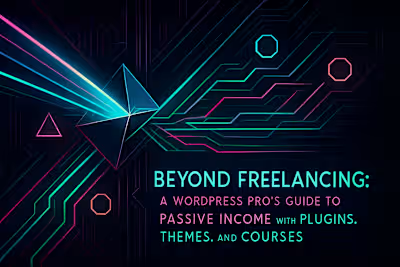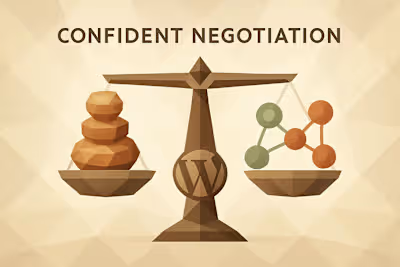Beyond the Portfolio: Advanced Branding for Elite WordPress Freelancers

Beyond the Portfolio: Advanced Branding for Elite WordPress Freelancers
The Anatomy of a High-Impact Case Study
More Than Just a 'Before and After': Structuring Your Case Study for Maximum Persuasion
Highlighting Metrics That Matter to Clients
Designing and Presenting Your Case Studies
Webinars: Your Stage for Showcasing Expertise
Choosing a Webinar Topic That Attracts Your Ideal Client
The Simple Tech Stack for Hosting a Professional Webinar
From Attendee to Lead: How to Follow Up After Your Webinar
The Newsletter: Building Your Tribe and Nurturing Leads
Why Every Top Freelancer Needs an Email List
Content Strategy for a Newsletter That People Actually Read
Growing Your Subscriber List: Effective Lead Magnets and Sign-up Forms
Tying It All Together: Your Brand as a Cohesive System
How Your Case Studies, Webinars, and Newsletter Work Together
References
Beyond the Portfolio: Advanced Branding for Elite WordPress Freelancers
The Anatomy of a High-Impact Case Study
More Than Just a 'Before and After': Structuring Your Case Study for Maximum Persuasion
Highlighting Metrics That Matter to Clients
Designing and Presenting Your Case Studies
Webinars: Your Stage for Showcasing Expertise
Choosing a Webinar Topic That Attracts Your Ideal Client
The Simple Tech Stack for Hosting a Professional Webinar
From Attendee to Lead: How to Follow Up After Your Webinar
The Newsletter: Building Your Tribe and Nurturing Leads
Why Every Top Freelancer Needs an Email List
Content Strategy for a Newsletter That People Actually Read
Growing Your Subscriber List: Effective Lead Magnets and Sign-up Forms
Tying It All Together: Your Brand as a Cohesive System
How Your Case Studies, Webinars, and Newsletter Work Together
References
Posted Jul 6, 2025
Evolve from a freelance 'doer' to a sought-after WordPress expert. This guide covers advanced branding tactics like creating compelling case studies, hosting webinars, and launching a newsletter to attract premium clients.







![How to Rank #1 for "WordPress Developer in [Your City]": A Local SEO Guide](https://media.contra.com/image/upload/w_400,q_auto:good,c_fill/gpcdduboqfzsbxg7hnxz.avif)


